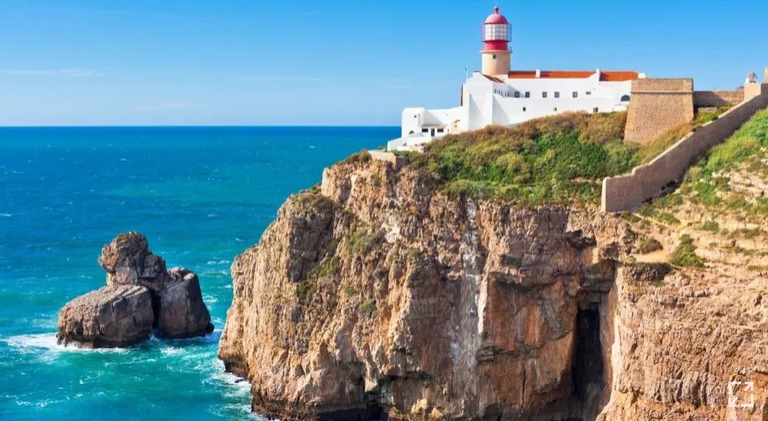Portugal aims to reach 30% of its marine protected areas (MPAs) by 2026, advancing its original 2030 goal, with the creation of the Madeira-Tore and Gorringe Bank Marine Nature Reserve, whose preparatory work is expected to be completed by December.
“This is extremely beneficial for the environment, for nature, for biodiversity — but also for the sustainability of fishing, as these areas are true nurseries for fish,” said Minister of Environment and Energy Maria da Graça Carvalho in a statement to journalists.
Covering an area of approximately 200,000 km², encompassing seamounts and abyssal plains between Cape St. Vincent in Sagres and the Madeira archipelago, the new reserve will allow Portugal to reach 30% of its marine area under protection by next year.
A joint order from the Ministries of Environment and Energy and Agriculture and the Sea, published on October 27, in coordination with the Regional Government of Madeira, launched the technical and legal procedures necessary for classification, expected to be completed by December 10.
A public consultation period will follow, and the government expects the creation of the new marine protected area to be formalized by 2026.
“This will also bring other benefits — for recreational navigation and diving — all of which contribute to our blue economy. Our maritime economy already represents 5% of our GDP, but with this kind of investment, we can significantly increase that figure,” added Secretary of State for Fisheries and the Sea Salvador Malheiro.
Once the 30% target is reached, the government plans to aim for 10% of fully protected areas.
“At the moment, that figure is still low — around 2 or 3% — because it takes more time to identify such zones, but this will be our next ambition after reaching 30%,” explained Maria da Graça Carvalho.
When asked about the management of these protected areas, the minister referred to ongoing work on the Pedra do Valado Marine Nature Park in the Algarve, and on the Azores network of MPAs, which is awaiting the signing of an agreement with the Environmental Fund.
“There are also a number of obligations for the State and autonomous regions regarding the monitoring and maintenance of these zones. We will comply with all regulations, but we must also pay close attention to foreign vessels — hence the need for an even higher level of surveillance in protected areas,” she added.
Before presenting the Madeira-Tore and Gorringe Bank Marine Reserve, the minister met with the European Commission’s Executive Vice-President in charge of a fair, clean, and competitive transition.
At the end of the meeting, Maria da Graça Carvalho and Teresa Rivera reaffirmed the EU leaders’ commitment, made the previous Thursday, to climate ambitions for 2040 as an intermediate step toward carbon neutrality by 2050, under a “pragmatic and flexible” strategy.
“This is a balanced proposal,” said Teresa Rivera, referring to the European Commission’s call for a 90% reduction in net greenhouse gas emissions (compared to 1990 levels) as an interim milestone toward climate neutrality by 2050.
On the Portuguese side, Minister Carvalho also mentioned the possibility of meeting part of the goal through international carbon credits between 2036 and 2040, up to a limit of 3% of the EU’s 1990 net emissions. She emphasized that Portugal advocates for the credits to start counting earlier — from 2031 — and up to a 5% limit.




